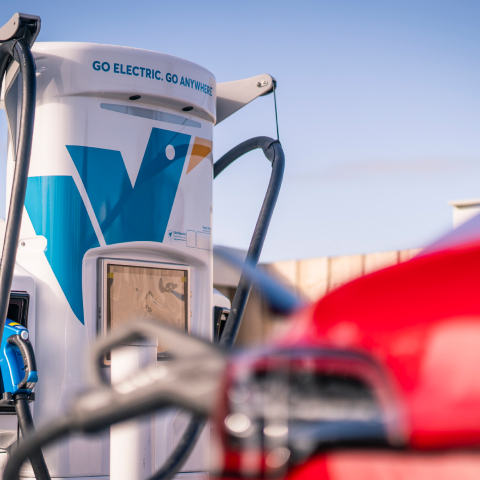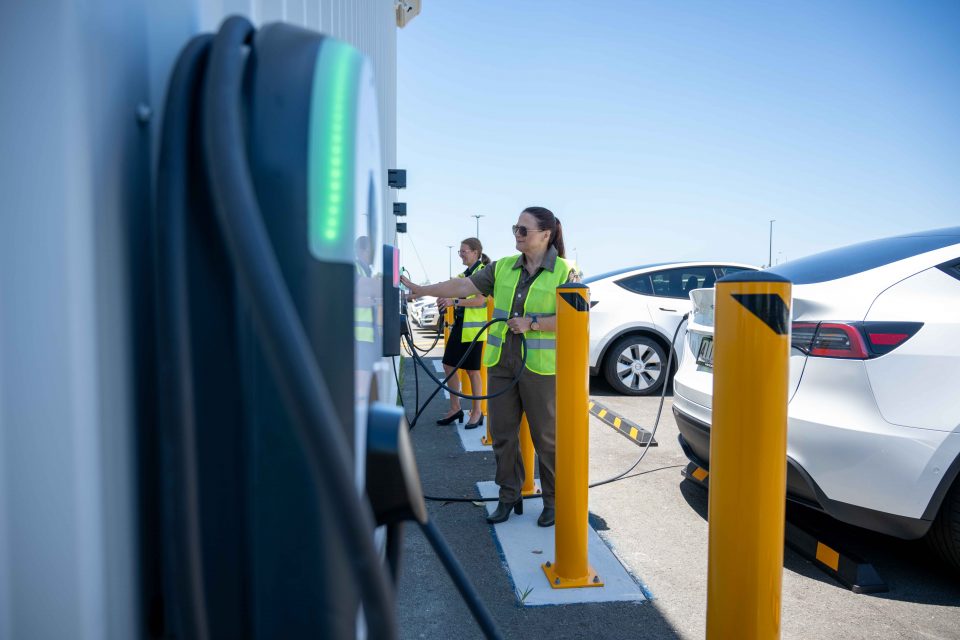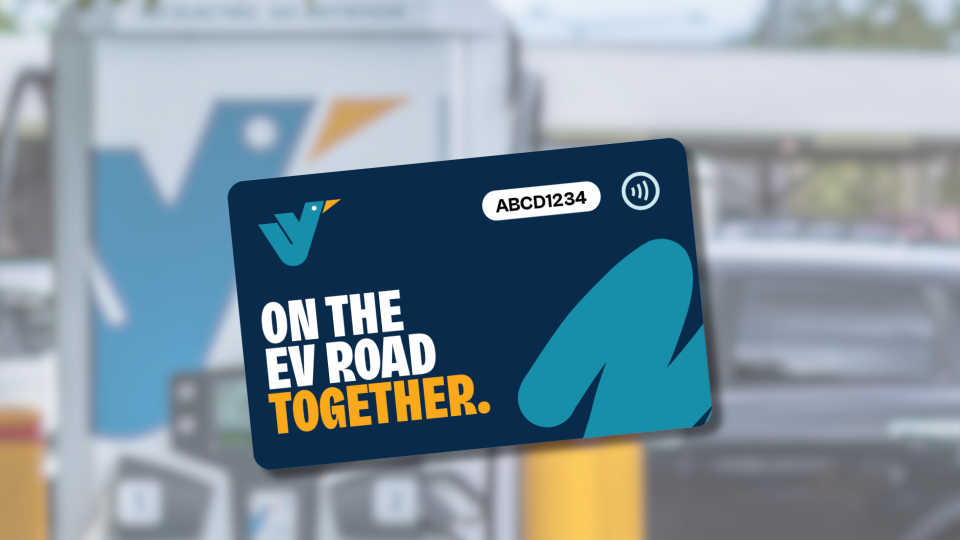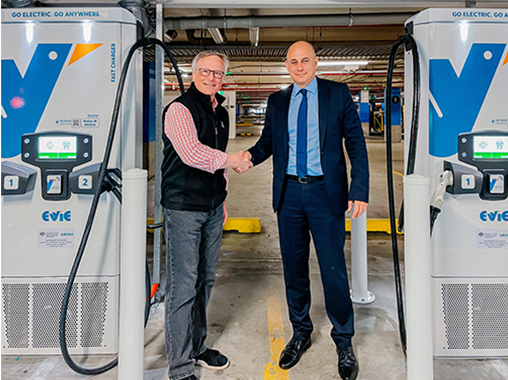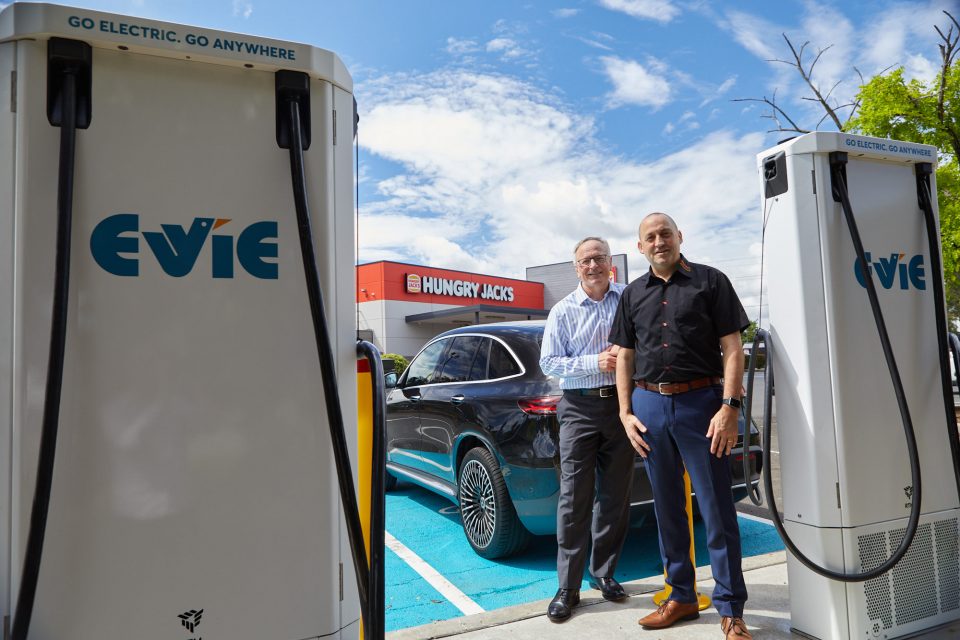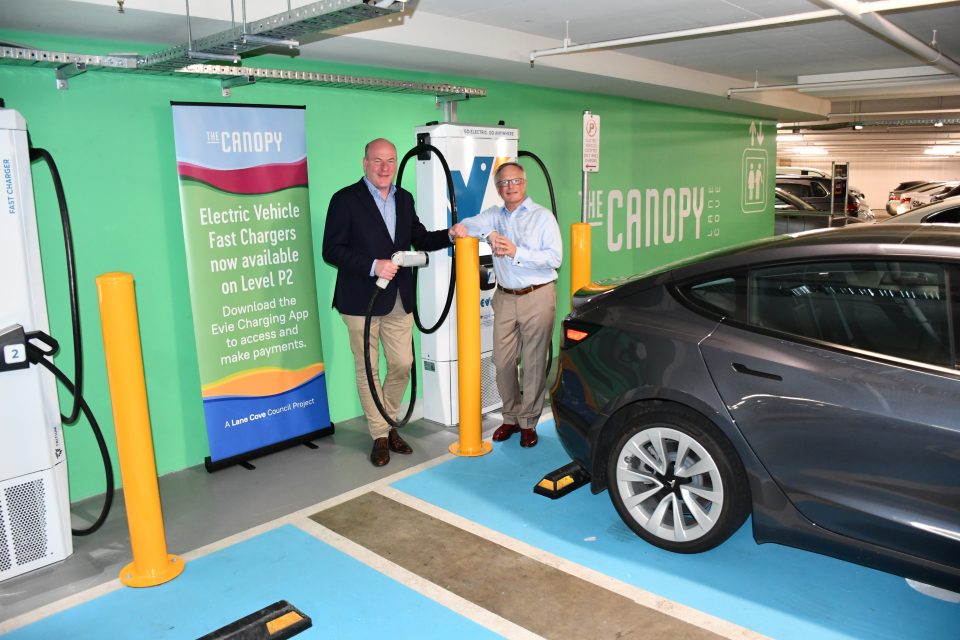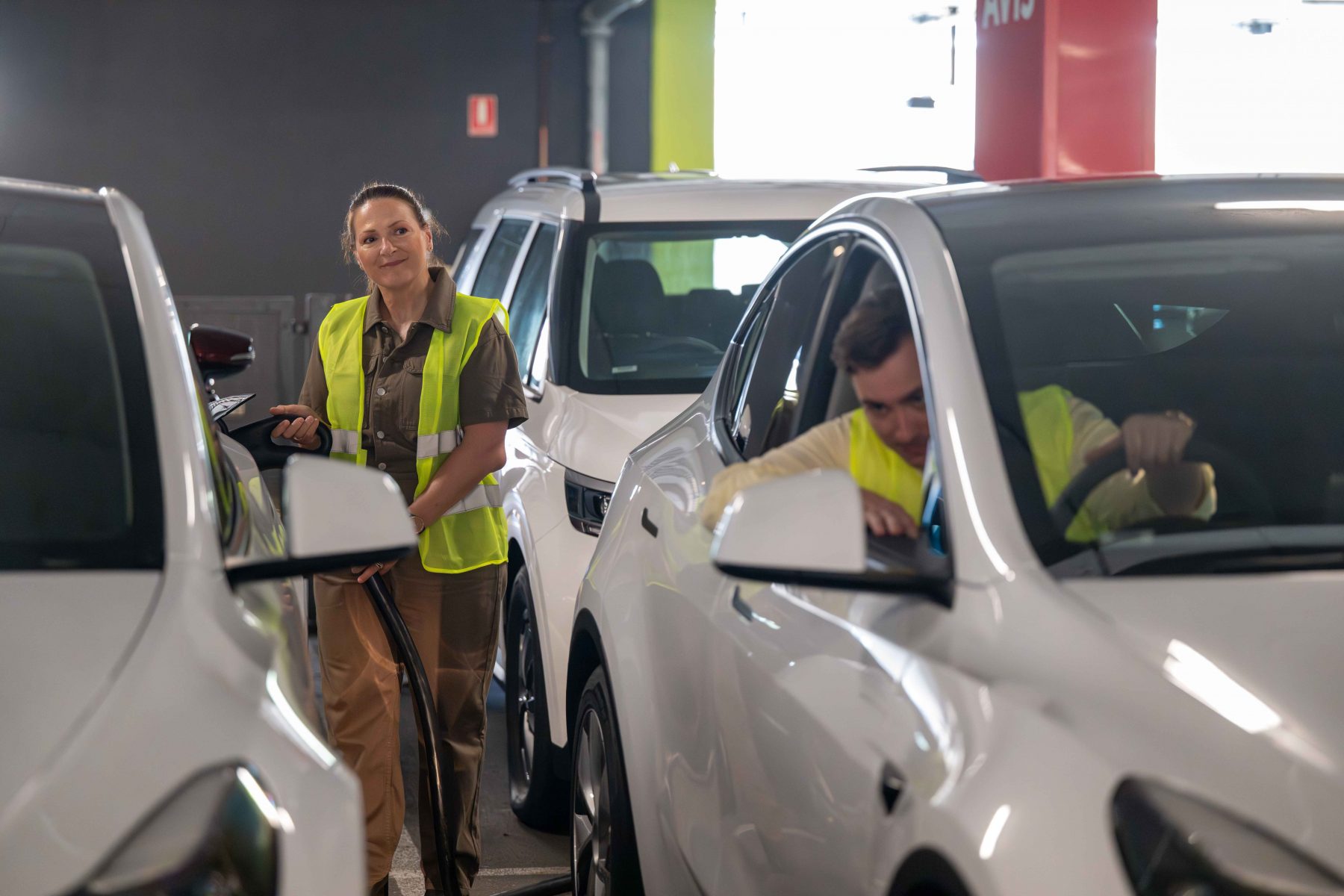
Picture this: Your shiny new electric fleet vehicles have just rolled up to your depot. Your drivers are excited, your boss is impressed, and you’re feeling pretty chuffed about leading the charge into the future. There’s just one challenge – you need to get the charging infrastructure sorted.
This timing challenge is more common than you might think, and it’s totally manageable with the right planning. The good news? Most fleet charging installations take just 4-6 weeks from start to finish. Even better? Understanding what drives these timelines puts you in complete control of your electrification schedule.
Smart Planning: Getting Your Timeline Right
Here’s what successful fleet managers have figured out: getting your charging infrastructure ready before your vehicles arrive makes everything smoother.
Working backwards from your vehicle delivery date, starting your charging installation process 6-8 weeks earlier with your selected charging provider gives you plenty of buffer time and eliminates any last-minute stress. It’s one of those strategies that seems simple but makes a huge difference to your overall project success.
The Hardware Game: Where Speed Meets Your Budget
AC vs DC: The Age-Old Charging Dilemma
The golden rule of EV charging: the faster you want to charge, the more you’re going to pay.
AC Charging:
- Lower upfront cost
- Simpler to install
- Gets the job done without drama
DC Charging is the speedster:
- Costs more upfront
- Needs fancier electrical work
- But boy, does it charge fast
Playing the Numbers Game
More chargers = more complexity. But here’s where it gets interesting – quality matters just as much as quantity. You can go budget and cross your fingers or invest in enterprise-grade gear that won’t leave you hanging when you need it most.
Site Factors That Can Make or Break Your Timeline
Power Envelope Assessment: Your Biggest Timeline Variable
Your site’s current power situation is basically the boss of your entire installation timeline.
Got enough juice already? Sweet! You’re looking at that neat 4-6 week timeline.
Need a power upgrade? This is where weeks can turn into months faster than you can say “utility company approval.” Power upgrades typically require:
- Utility company coordination
- Additional permitting processes
- More extensive electrical work
- Longer approval timelines
Load Management: The Unsung Hero of Smart Charging
Load management sounds fancy, but it’s actually your secret weapon for getting the most out of your existing power setup. Think of it as the traffic controller for your electricity – making sure everyone gets their fair share without overloading the system.
This clever bit of tech can save you from expensive power upgrades and keep your installation timeline on track. Plus, it sets you up nicely for future expansion. Win-win-win.
Location Strategy: Balancing Convenience and Practicality
Finding the right spots for your chargers involves balancing operational convenience with electrical practicality. While installing chargers near high-traffic areas makes sense operationally, locations closer to your electrical distribution board can significantly reduce installation complexity and costs.
The sweet spot is finding locations that work well for daily operations while making electrical sense. It’s about finding that perfect balance for your specific site.
Your 4-6 Week Journey: What Actually Happens With Your Chosen Charging Provider
Weeks 1-2: The Assessment Phase
- Conduct electrical capacity assessment
- Determine optimal charger locations
- Pick the perfect spots for your chargers
- Help you decide if you’re team AC or team DC or a bit of both
- Begin permit applications if required
Weeks 3-4: The Getting-Ready Phase
- Lock in your hardware choices
- Get all the electrical planning sorted
- Round up the installation crew
- Prepare your site for installation
Weeks 5-6: The Magic Happens
- Install the actual charging gear
- Complete electrical connections
- Test everything twice (because paranoia pays off)
- Conduct final inspections and get the official tick of approval
When Timing Gets Tight (And How Charging Cards Can Help)
Sometimes project timelines shift and your vehicles arrive while your charging infrastructure is still being finalised. This scenario is completely manageable with the right backup strategy.
Fleet Charging Cards: Your Flexible Solution
Fleet charging cards can bridge any timing gaps seamlessly. These work just like traditional fuel cards but for electric charging, making the transition familiar for your drivers.
Here’s what makes them valuable for fleet operations:
- One bill to rule them all: All your charging transactions show up in one tidy report
- Massive network access: Hundreds of sites and charging bays across the country
- Keep rolling: Your fleet stays operational while you sort out the permanent setup
- Driver-friendly: Your team already knows how fuel cards work – this is just the electric version
Solutions like Evie’s fleet charging cards let you get your electric fleet operational immediately while your depot infrastructure is being completed. It’s a smart way to maintain operational flexibility.
The Cheat Sheet for Fleet Managers Who Want to Nail This
- Start Early, stress less: Begin planning your charging infrastructure 6-8 weeks before vehicle delivery. Tip: Start even earlier if you haven’t chosen a charging provider to support your infrastructure rollout.
- Power check first: Understanding your electrical capacity is crucial for accurate timeline planning.
- Speed vs budget: Faster charging costs more, but it might be worth it for your operation.
- Plan for Growth: Design your installation with future expansion in mind.
- Get the Pros involved: Work with experienced charging infrastructure providers who understand fleet operations.
Every Fleet is Different (And That’s Perfectly Fine)
Here’s what we’ve learned from working with loads of different fleets – no two are exactly the same. Your 4-6 week timeline might be different based on your specific situation, and that’s completely normal.
The trick is understanding what affects your timeline early on, so you can make smart decisions that work for your operation, your budget, and your sanity. Start those conversations with charging infrastructure specialists well before your vehicles are due to arrive.
Because at the end of the day, successful fleet electrification isn’t just about picking the right vehicles – it’s about making sure you can actually charge them when they show up!
Common Questions
Q: How long does fleet EV charging installation take?
- A: 4-6 weeks for most installations, longer if power upgrades are needed.
Q: What affects installation timeline?
- A: Your site’s power capacity is the biggest factor. Adequate power keeps you on the 4-6 week timeline.
Q: AC or DC chargers for my fleet?
- A: AC is cheaper and simpler, DC is faster but costs more. Choose based on your charging speed requirements and budget.
Q: What if vehicles arrive before charging infrastructure is ready?
- A: Fleet charging cards provide immediate access to public charging networks while your permanent infrastructure is completed.
Q: How do I plan fleet charging installation?
- A: Start with a power assessment 6-8 weeks before vehicle delivery, then work with experienced providers to develop your timeline.
Ready to Plan Your Fleet Charging Infrastructure?
Evie Networks specialises in flexible charging solutions for fleet operators, from depot infrastructure to nationwide charging card access. Contact us at enterprise@evie.com.au to discuss your fleet charging requirements and develop a timeline that works for your operation.
